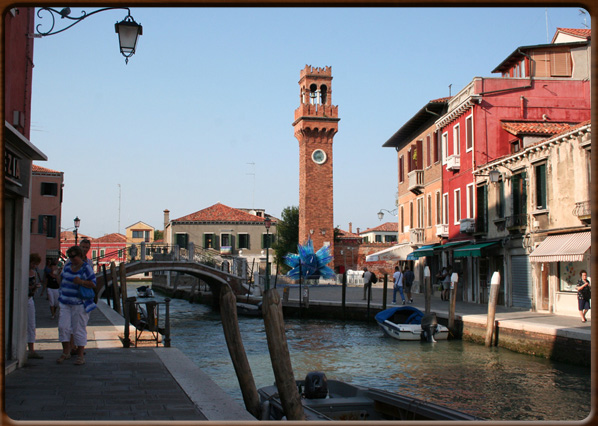
Murano.
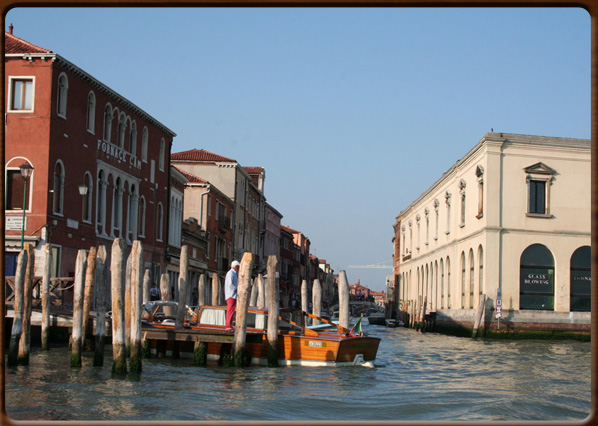
Glasswares of Murano.
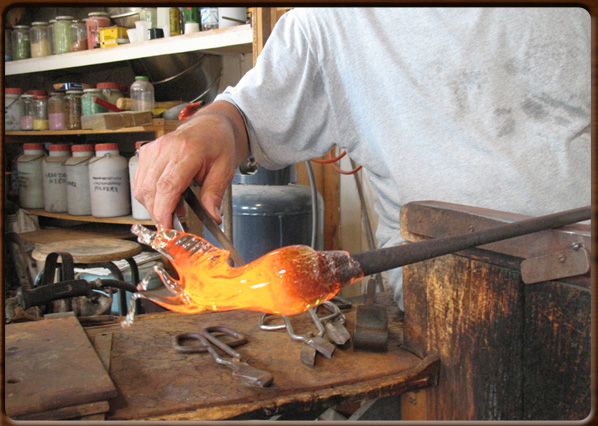
Craftsman at work.
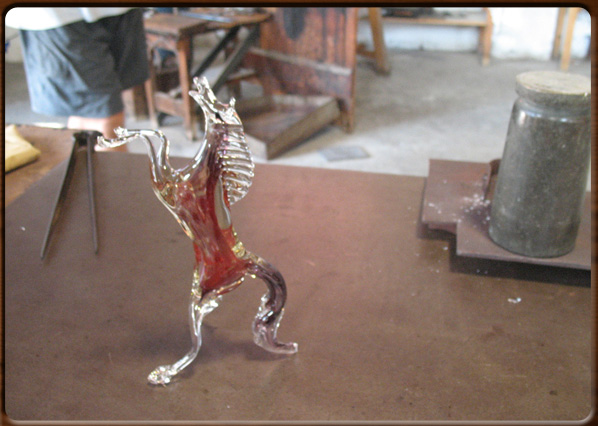
Finished work.
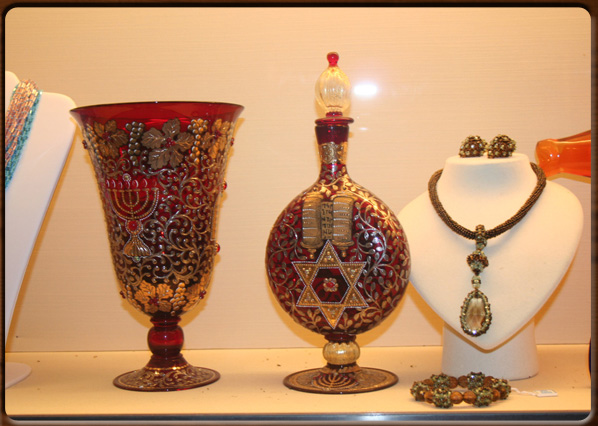
Glass of Murano.
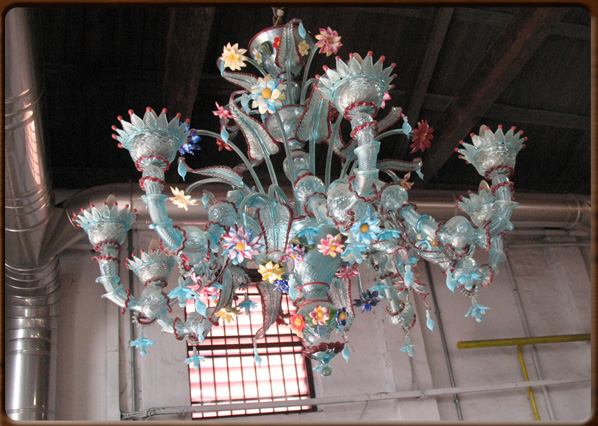
Ceiling light of Murano.
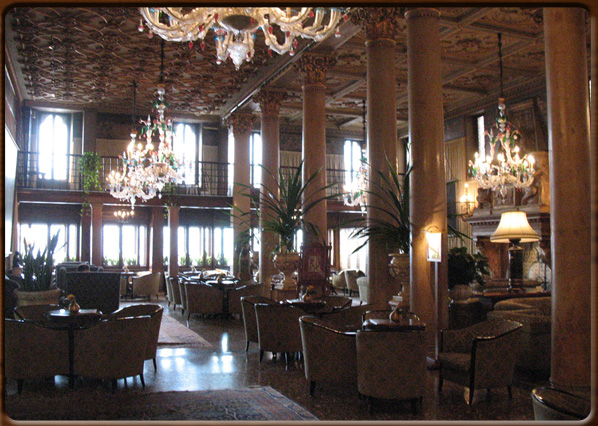
Murano's ceiling lights at Dandolo Palace.

Murano chandelier with six lights.
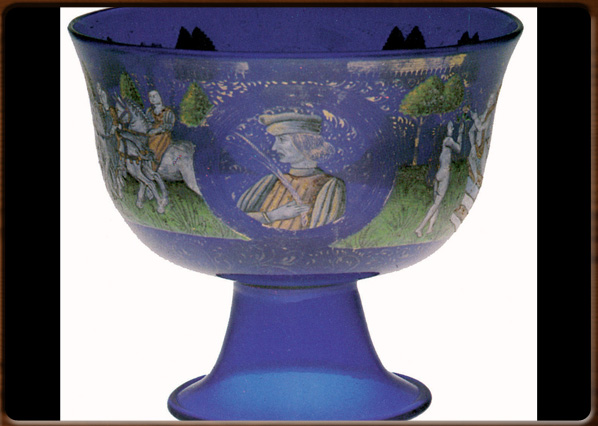
Wedding globet by Barovier. Glass Museum









No video
Venetian glass has very ancient origins: archaeological excavations carried out on the islands of Murano and Torcello have proved that glass was already made there in the 7th Century bc, perhaps due to migrating Venetian populations coming from the Adria coast where they had learned the art of glass-making.
However, it was only during the 12th Century ad that glass-making really became a major organised industry. At the time glass-making was concentrated on the island of Murano. An edict by Doge Tiepolo dated 1291 decreed that all the furnaces still in operation in the city centre were to be moved to Murano, thus increasing the importance of Amurianum. Murano glass became a key export for Venice and the master glassmaker profession was protected by sanctions prohibiting all those not enrolled in the Venetian "glassmakers" guild from carrying out this activity. Likewise, glassmakers wishing to leave Venice where forbidden to continue their trade abroad.
Most of the glass items in the early centuries were utilitarian: bottles, glasses and lamps, plus a few decorative items, mostly with religious images.
The art of Venetian glass improved significantly in the 14th Century following increase in trade with the Middle East and the opportunity to learn the better techniques and sophisticated elegance of the glass produced by the Syrians, Fatimids, Mamelouks and Ayyubids.
The technique of blown glass, on the other hand, dates from the 1st Century bc and seems to have originated with the Phoenicians, the ancient inhabitants of modern Lebanon. These Eastern traditions and Western creativity gave rise to the special character of Venetian glass, making it world famous.
In the 1400s glass manufacturing became one of the Republic’s main activities and developed rapidly thanks mainly to a shift to clear white glass imitating crystal. The new process was introduced by the great master glassmaker Angelo Barovier, thus guaranteeing Venice’s artistic dominance for the next two hundred years and more.
More valuable objects started to be produced.
In the 1500s and 1600s the Murano glass industry entered a period of recession, mainly owing to emigrating master glassmakers and the discovery of new types of glass, such as Bohemian lead crystal glass and potassium crystal glass invented in England in 1676.
However Murano glassmakers managed to beat the trend by raising their average standard: master glassmakers still work on Murano today, true artists producing items in a large variety of shapes and colours.
Murano glass (“murrino” in the local dialect) is produced by placing coloured cane glass beads next to each other, smelting and mixing them with a flame to create unique effects. Once cooled, the glass is ground and polished until completely smooth.
The Palazzo Giustinian di Torcello houses the Museum of Glass (set up in 1861). The museum contains many authentic antiques, such as the Barovier Wedding Cup (1470-1480), a precious example of historic Venetian glassware. There is also a unique collection of glass from the Enona necropolis (2nd Century bc) in Dalmatia, plus pieces by famous designers in a section devoted to modern glass.
400 - 1000 - - rev. 0.1.7